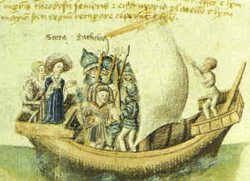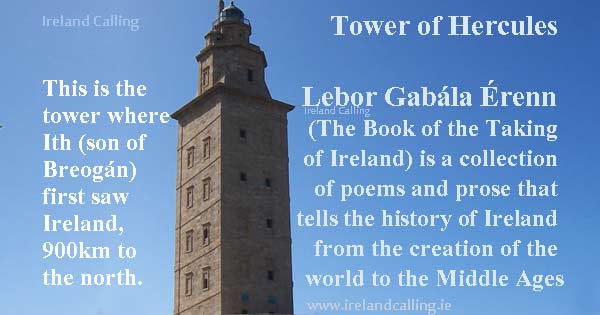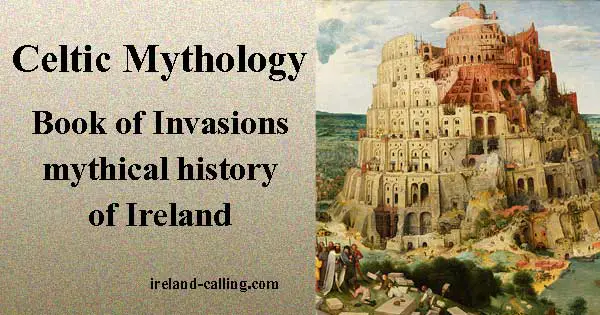The Book of Invasions is a history of Ireland drawn up in the 11th century and based on oral traditions together with some poems and narrative prose available at the time.
It is known as Lebor Gabála Érenn in Irish, and although the book was originally presented as a realistic history, most scholars today regard it as mostly mythical.
The book was compiled by unknown Irish scholars in the 11th century and outlines the story of the people who colonised Ireland from biblical times onwards.
This history comprises a series of invasions by different tribes over several thousand years, It may have been an attempt to provide the Irish with a written history similar to that of the Israelites in the Old Testament.
The Book of Invasions draws heavily on Irish myth but intersperses it with biblical allusions.
For example, there are references to the ancestors of the Irish people being enslaved in a foreign land, as the Israelites were, and eventually being able to reach the “promised land” with Ireland being substituted for Israel.
Despite the biblical elements, which were probably made by monks, most of the material is directly from Irish mythology.

The Book can be divided into several distinct sections for study purposes.
Genesis – Irish version of the creation story
The Book of Invasions opens with the story of Genesis as it appears in the bible. The Fall of Man is there and the early bible stories such as the Tower of Babel are also covered.
Biblical references soon start to intermingle with Irish myth. The Gaelic people are said to be descendants of the Scythian prince Fenius Farsaid, one of the 72 chieftains responsible for building the Tower of Babel.
His grandson, Goidel Glas, later goes on to create the Irish language, based on one of the 72 languages that emerged following the dispersal of the tribes after the fall of the Tower of Babel.
The words Gaelic and Goidelic, both relating to language, derive from Goidel.
Goidel’s descendants become known as the Gaels and in a way that mirrors the experiences of the Israelites, they endure great hardship and trials as they wander across the world before eventually settling in Iberia, modern day Spain and Portugal.
In Iberia, one of Goidel’s descendants called Breogán built a tower in the town of Brigantia. Modern scholars say Brigantia was probably the town known to the Romans as Brigantium on the site of modern day Corruna in Galicia in northwest Spain.

Breogán’s son Ith climbs the tower and sees all the way to Ireland – an attractive, green land. The Gaels sailed north and began to colonise Ireland. Legend has it, that the descendants of Breogán who stayed in Ireland are the Celtic ancestors of the current Irish people.
